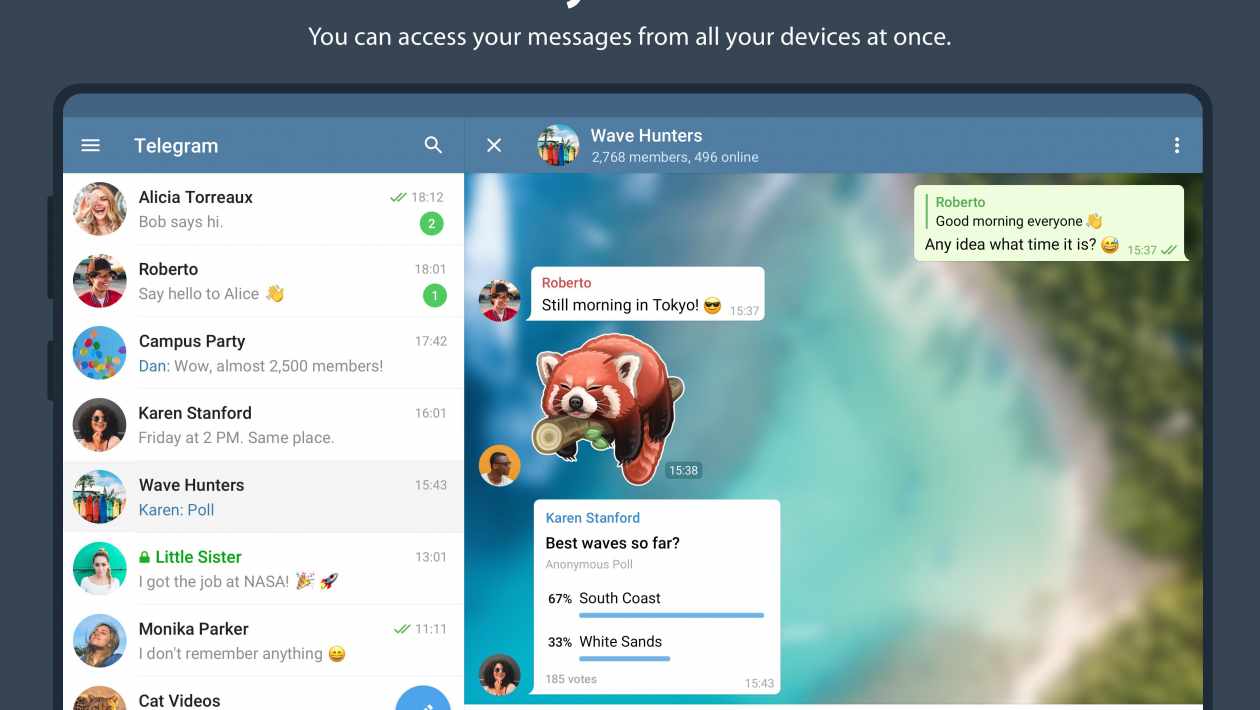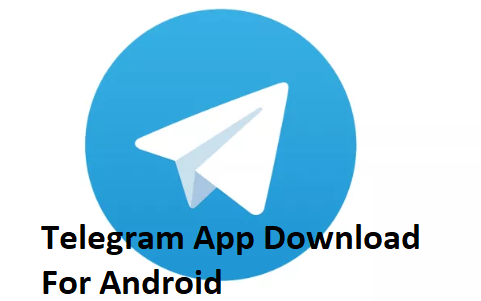

You can develop communities and enable sharing and collaboration.This enables students to interact with each other around the content you post. You can build powerful blended learning by combining broadcast channels and interactive groups.The recordings of the lessons can then be shared with your students and can be downloaded and accessed by them for revision. You can screen-share and record your lessons.As well as text messages, you can send audio and short video messages that students can watch and listen to multiple times.When teaching groups, up to 30 students can have their cameras on at any one time. There’s no limit to how long these can be and the limit for attendance is 200k so that should be enough for most teachers. You can create live broadcasts and webinars, as well as teaching groups and one-to-one classes.They include audio files, videos, documents, images and emojis as well as short talking head video clips that can help you build a sense of human support within your courses. The options for the kinds of content you can easily create and share are very broad and engaging. You can use Telegram to build both synchronous remote and asynchronous blended learning.At the basic level of accessing learning, it’s quite simple for students to use, so it doesn’t require a lot of learner training and onboarding for students (It can be a bit more complex for teachers).Telegram is very light on connectivity, even when compared to other messaging apps like WhatsApp it performs like for like tasks favourably, so it can deliver quite powerful learning even to basic mobile phones in areas where connectivity is limited or intermittent.You can also send documents, links to websites, videos and polls and quizzes. You can use either video or audio and screen share a presentation while you teach. It’s great for teaching live one-to-one classes.


Telegram is a very powerful tool that is secure, and can enable access for unlimited numbers of students or teachers for free.


 0 kommentar(er)
0 kommentar(er)
